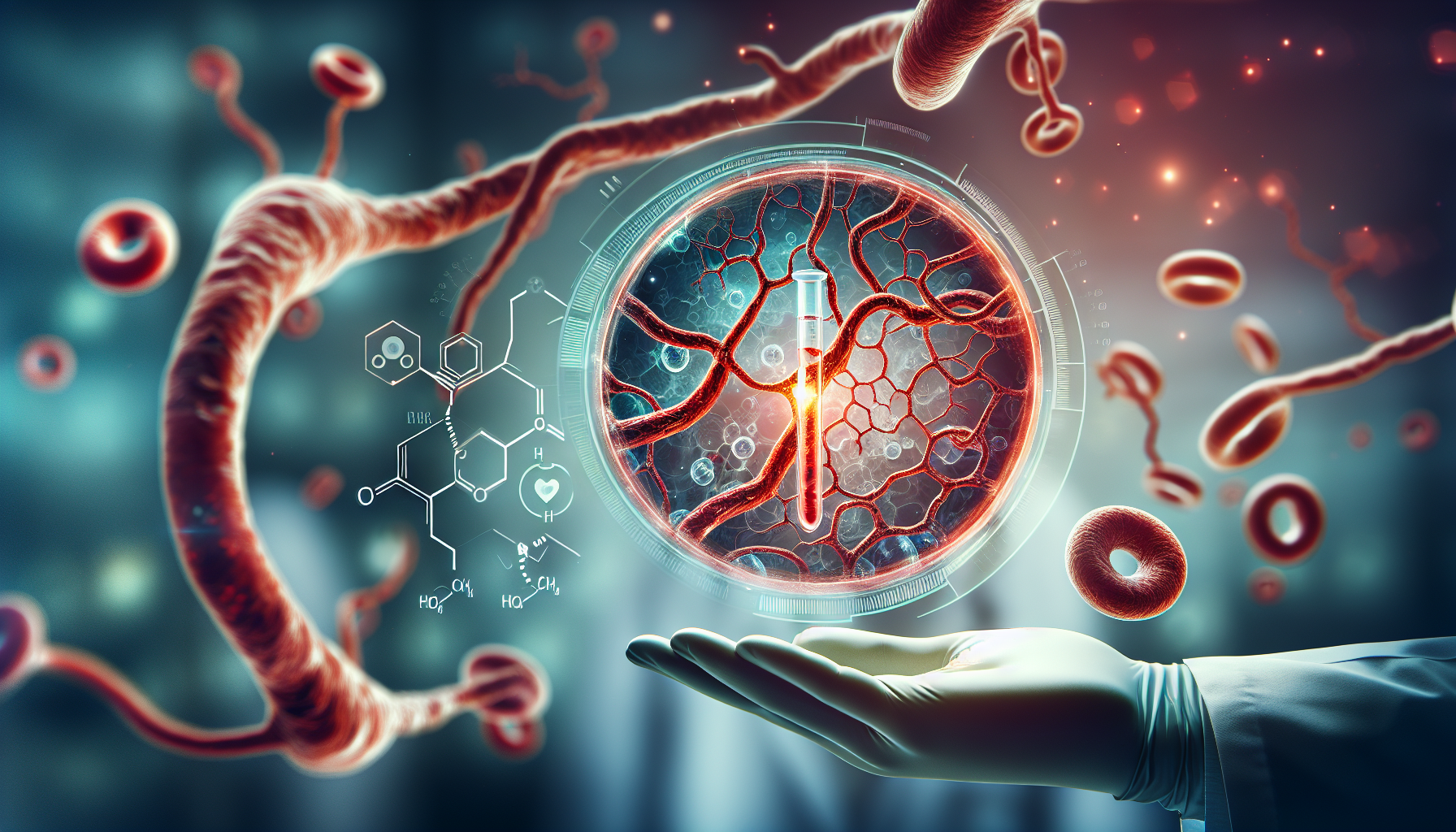New ALS Treatment Shows Promise in Reducing Disease Progression
Key Takeaways
- BRAVYL significantly reduces NfL levels, indicating potential slowing of ALS progression.
- BRAVYL demonstrated a good safety profile with no drug-related adverse events causing withdrawal.
- Encouraging improvements were observed in clinical outcomes such as ALSFRS-R scores and muscle strength.
Did You Know?
Introduction to Amyotrophic Lateral Sclerosis (ALS)
Amyotrophic Lateral Sclerosis (ALS), also known as Lou Gehrig’s disease, is a severe neurodegenerative condition that leads to the weakening and wasting of muscles, affecting the ability to move, speak, eat, and breathe. On average, individuals with ALS have a life expectancy of 2 to 5 years following diagnosis, making advancements in treatment critically important.
Recent Phase 2a Study Results from Woolsey Pharmaceuticals
Woolsey Pharmaceuticals recently unveiled promising results from a Phase 2a clinical trial for their experimental drug, BRAVYL (previously referred to as CIRARA), targeting ALS. The study, known as the REAL (Rho kinasE inhibition in Amyotrophic Lateral sclerosis) trial, featured an open-label single-armed design and aimed to explore the drug's safety, tolerability, and efficacy in ALS patients.
Study Design and Methodology
The study enrolled 31 participants who received a daily dose of 180mg of BRAVYL. Among these participants, 25 remained on the treatment for 24 weeks, and 20 continued into the extension phase. Researchers primarily focused on safety assessments while also monitoring biomarkers and clinical outcomes.
Safety and Tolerability Findings
BRAVYL demonstrated a strong safety profile, with no participants withdrawing from the study due to drug-related adverse effects. Key safety endpoints were met, and no unexpected safety concerns emerged even in the extension phase of the study, with some participants treated for up to 18 months.
Impact on Neurofilament Light Chain (NfL) Levels
An important biomarker, Neurofilament Light Chain (NfL), a marker of neuronal damage, showed a statistically significant reduction of 15% after 24 weeks of treatment with BRAVYL (p<0.001). Elevated NfL levels typically indicate the progression of ALS, and the observed reduction is a positive indicator suggesting potential benefits of the medication.
Clinical Outcome Improvements
The data revealed directional improvements in several key clinical outcomes. A correlation between reduced NfL levels and improved scores on the ALS Functional Rating Scale-Revised (ALSFRS-R) was noted, implying early clinical benefits of BRAVYL.
Comparison with Historical Data
Using a propensity-matched analysis, the study compared 12-month outcomes from REAL with data from the Ceftriaxone ALS Study. Results showed BRAVYL patients had a 28% slower rate of decline in ALSFRS-R scores and a 42% slower decline in breathing capacity (SVC).
Muscle Strength Observations
In terms of muscle strength, patients treated with BRAVYL displayed significant slower declines in both lower and upper limb muscle weakening, standing in contrast to historical controls. Specifically, lower limb strength decline slowed by 71% (p=0.04), underscoring the potential of BRAVYL in preserving physical function.
Expansion of the Study
Given the encouraging safety and efficacy results, Woolsey Pharmaceuticals plans to expand the REAL study, screening and enrolling up to 15 additional patients at a higher dose of 300 mg/day for further evaluation over 24 weeks with an extension option.
Conclusion and Future Perspectives
While ALS remains a daunting illness, the findings from the BRAVYL Phase 2a trial provide a glimmer of hope. Continued research and extended studies will be essential to confirm these initial positive outcomes and potentially bring a new treatment option to the ALS community.
References
- National Institute of Neurological Disorders and Strokehttps://www.ninds.nih.gov/health-information/disorders/amyotrophic-lateral-sclerosis-als
- ALS Associationhttps://www.als.org/understanding-als/what-is-als
- ClinicalTrials.gov - Study to Evaluate Safety and Efficacy of BRAVYLhttps://clinicaltrials.gov/ct2/show/NCT04577404






